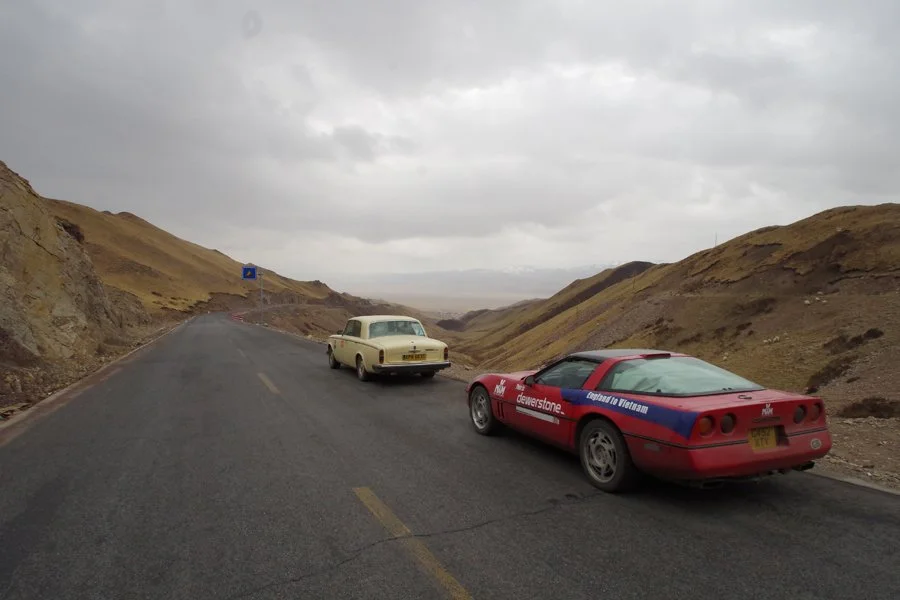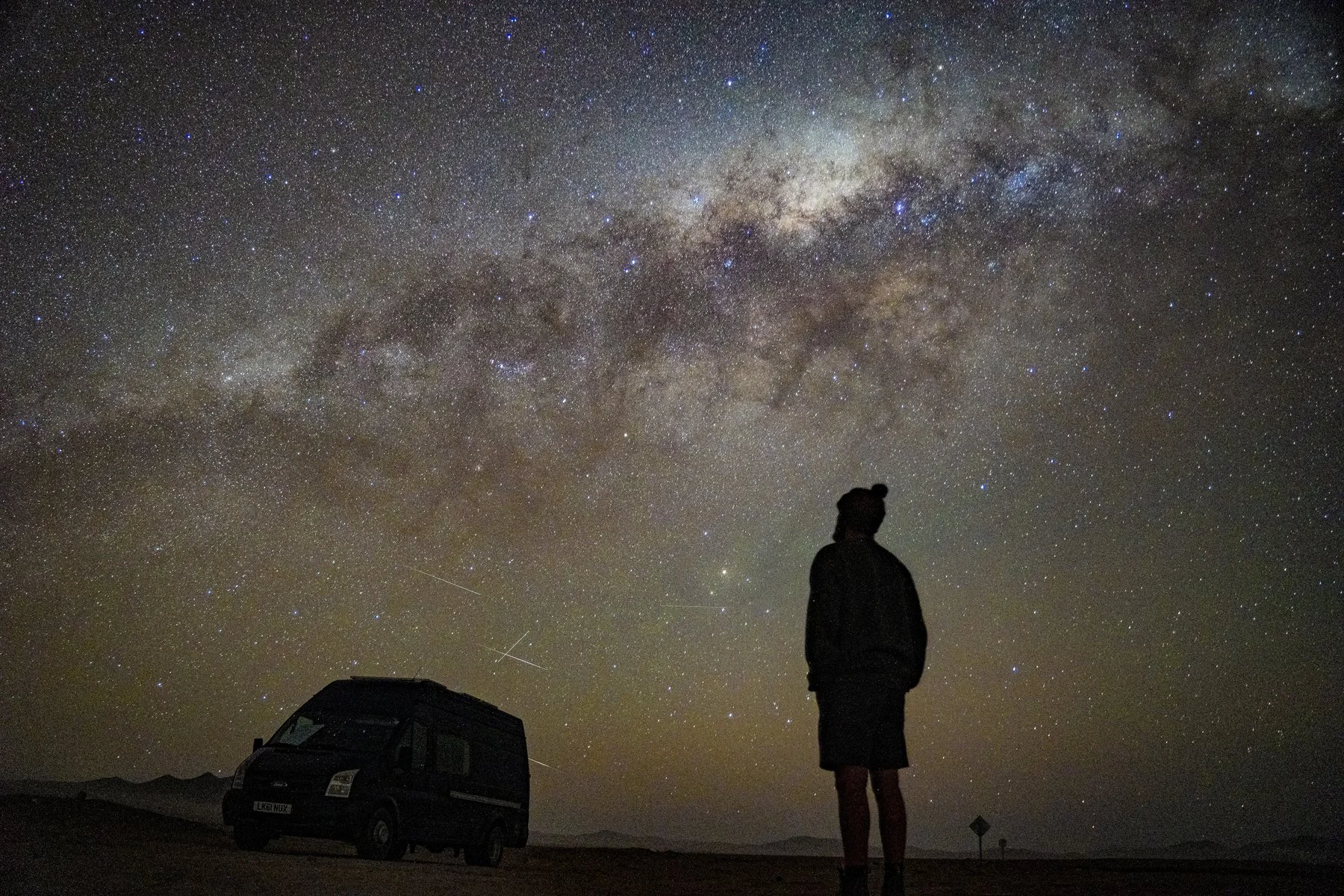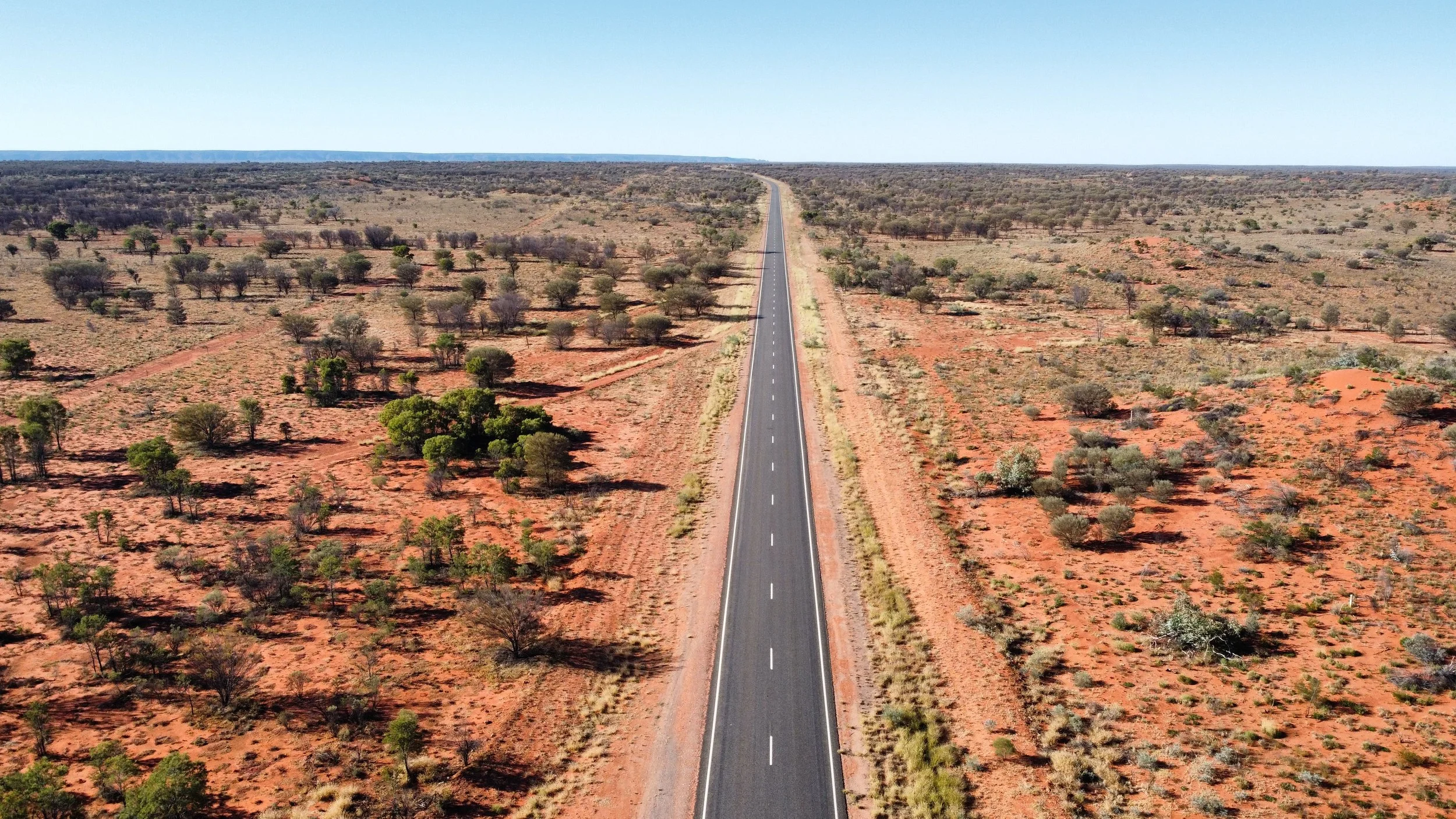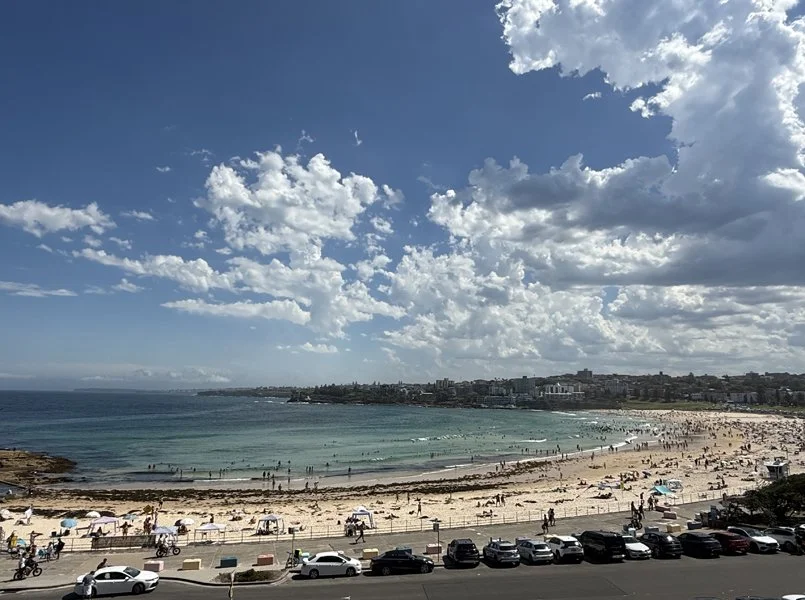Detour #190: Across communist China in the most capitalist of cars
Photo Ben Coombs
a rolls-royce and a corvette whisked Ben Coombs from kazakhstan to the v8-nam border.
For four days, we’d been trapped in the No-Man’s-Land which separates Kazakhstan from China, but permission to cross the border was finally at hand. Our visas had been checked, our passports were stamped, and we’d qualified for our Chinese driving licenses.
Far away in Beijing, the Chinese Communist Party had confirmed we weren’t ‘undesirables’ and our cars – a most un-communist pairing of a Rolls-Royce Silver Shadow and a ‘90s Corvette – had passed their Chinese MOTs, and were fitted with Chinese license plates. Our local chaperone had compiled an inch-thick dossier covering both ourselves, and every aspect of our visit – where we’d be driving, what we’d be visiting and which hotels we’d be staying in – and the Police had run out of reasons to delay our entry any longer. The last bits of paperwork were signed and stamped, and that was it. We were in.
Through endless emails, we’d been working towards this goal for the three months before we’d arrived at the border, but now the waiting was over. We’d finally made it through the wall of paperwork. A barrier went up, the soldiers stood back, and we were free to hit the road across China.
But why were we so intent on entering China with a ’78 Rolls and a cheesy old ‘Vette? A good question, the answer to which can be traced back to the simplest of ideas.
V8Nam.
Get a V8, and drive it to Vietnam.
The Chinese border had represented the halfway point of this road trip from the UK to the far side of Asia.
Our first taste of driving in China didn’t exactly feel like a celebration of the freedom of the open road. As we cruised down the country’s answer to Route 66 – Route 312, which stretches all the way to the Kazakh border from Shanghai – our progress was recorded by camera gantries every ten kilometres or so, whose flashes left us in no doubt that we were being tracked. This was just one aspect of the surveillance state which stayed with us throughout our month on the road in China. Police checks were regular and road tolls were high, but at least the highway beneath our tyres was good, having been recently built to bind the Uighur regions in China’s west ever closer to the nation’s heartlands.
And the scenery – oh yes, the scenery! That’s something which was certainly worth the 7,000 mile drive from the UK. In our first few hours on the road we rose up through the Tien Shan Mountains to a height of over two kilometres above sea level, before cruising past the picture-perfect Sayram Lake, and then dropping down through more perfection to the plains below.
We rolled on for day after day. With the mountains of Xinjiang behind us, we entered the endless rocky plains of the Taklimakan Desert. Temperatures climbed to well over 40°C as we cruised through Turpan, China’s lowest point at 150m below sea level, and the monotony of the development-scarred desert landscape began to tell.
But the stops we made were anything but monotonous. The unfamiliar bustle of rural China would crowd in around us, as if there’s anything guaranteed to make you the centre of attention in small-town China, it’s arriving in a couple of V8-powered apparitions from another world. The Rolls and Corvette drew an audience wherever they stopped, being surrounded by the throngs of onlookers. And if there’s one thing which could be counted upon to send gasps of excitement through the crowd, it was the Corvette’s pop-up headlights. Such things, it turns out, are both rare and cool in rural China.
So in some ways at least, things there aren’t so different to the West, then.
A week after breaking through the bureaucratic wall at the border, we passed through the second wall of our visit. These days, this barrier allows easy passage, but it wasn’t always so. Located at Jiayuguan, the ‘Last Gate Under Heaven’ forms the symbolic end of the Great Wall of China, and its turrets and crenelations look out over the deserts which once lay beyond the emperor’s rule. But for us, our visit was dominated by a single thought. We’d just driven to the Great Wall of China, in a couple of V8s.
There are worse thoughts on which to dwell.
Once safely through the wall, our route climbed up onto the slopes of the Tibetan Plateau. The air thinned and cooled, the dull roads of the flatlands below were replaced with switchbacks and sweeping curves, and the landscape finally came to life after so long in the sandy plains. Tussocky hillsides gave way to verdant green mountain slopes, and the population took on an ever more Tibetan appearance, which peaked when we rolled into the Labrang Monastery, in Xiahe.
Here, below soaring pagodas and rooftops leafed in pure gold, the Rolls-Royce and Corvette cut a defiantly different vibe, which the scarlet-clad monks responded to. Wherever we parked, they’d surround the cars with a confidence rare among the ordinary Chinese we’d met. From beneath their flowing robes, iPhones would appear, snapping away, and before long, a monk would be sat behind the wheel of one of our capitalist machines, wondering whether their mantra of renouncing all earthly possessions was a good life choice, after all.
Our journey continued, flowing left and right through the mountains on good tarmac, rising and falling to the whims of the Tibetan Plateau, until we dropped down into our third Chinese landscape – with desert and plateau behind us, our descent into Sichuan Provence ushered in the jungle. And while the vistas remained mountainous and the vegetation loomed thick, progress was effortless, thanks to the relentless pursuit of infrastructure which is close to a religion in modern China. Bridges and tunnels swept us through the landscape on smooth superhighways, the folds in the countryside around us demoted to irrelevance in the rush towards the future. And all the while, the camera gantries continued to flash, the police checkpoints kept appearing, and the populous still marvelled at the Rolls-Royce, and applauded the Corvette’s pop-up headlights as if they were a theatre performance.
And China kept giving us things to applaud. From the Giant Buddha of Leshan, to the giant pandas of Sichaun, the interest kept on coming, right up to the point where we arrived at the border crossing into Laos. And so, after 3,000 miles of unforgettable driving we left behind China’s headlong pursuit of modernity, and traded it for a rather more retro experience as the next chapter of our drive to Vietnam beckoned – the jungles of South East Asia.
But that, as they say, is another story.
Words & Photography Ben Coombs Twitter | Instagram







































It’s the end of the road for 2025 and a chance to reflect on the best road trips of the year.